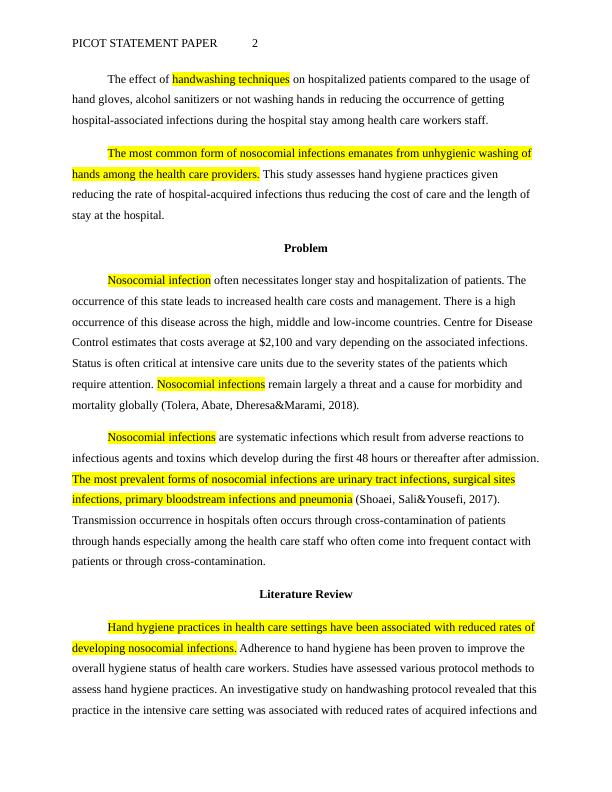Effect of Handwashing Techniques on Hospital-Acquired Infections
Added on 2022-12-19
5 Pages1074 Words1 Views
End of preview
Want to access all the pages? Upload your documents or become a member.
Hand Washing Among Health Care Professionals Case Study 2022
|4
|1075
|33
Hand Hygiene practices and Prevention
|12
|769
|13
Hand Washing Among Healthcare Professionals Assignment 2022
|8
|1811
|34
Comparison of Research Questions, Sample Population, and Study Limitations in Hand Washing Practice for Nosocomial Infection Prevention
|6
|1183
|1
Health Care Setting in Nursing Assignment
|5
|936
|26
Evidence-based practices in nursing-Hand Hygiene
|14
|2383
|95


